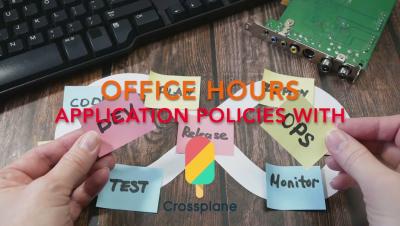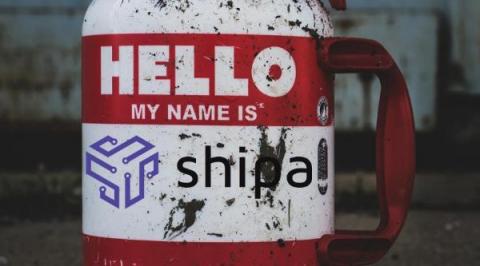Operations | Monitoring | ITSM | DevOps | Cloud
February 2022
Kubernetes for the JavaScript Developer - Part Two - Deploy to Kubernetes
Continuing on from Part One where we went through a brief history of containers and Kubernetes then Dockerized a NodeJS application, now we are ready to deploy to Kubernetes. If this is your first or nth time deploying to Kubernetes, Shipa makes this simple. You don’t have to worry about authoring multiple Kubernetes manifests and templates to deploy your application, all you need is an image.
Kubernetes for the JavaScript Developer - Part One - Create a Docker Image
Since its introduction in 2014 to the world, Kubernetes has been helping usher in the next generation of distributed workloads. As workloads started to be containerized, so did the need to manage the containers, thus the inception of container orchestrators. There have been a few container orchestrators out there before Kubernetes such as Docker Swarm and Apache Mesos. Though as a feature developer, Kubernetes can certainly feel like an 800-pound gorilla in the room.
Bridging The Engineering Divide in Kubernetes
For many of us in the technology world, around the holidays family will always ask you to solve their technology problems. Being in February, I am only several months away from sharing the below card with my family, again.
Connecting a Kubernetes Cluster to Shipa
Shipa Now in the AWS Marketplace
We are pleased to announce today that Shipa, the cloud-native Application as Code platform is now available on the AWS Marketplace. Bringing the power of Shipa to your internal customers on AWS infrastructure has never been easier with click to install from the AWS Marketplace.
Application policies for Kubernetes with Crossplane
Shipa Now in the Civo Marketplace
Shipa is now for the first time in the Civo Marketplace. If you are unfamiliar with Civo, Civo is a Kubernetes-based cloud provider allowing for the rapid creation of Kubernetes clusters. The engineering efficiency and developer experience that Shipa brings can supercharge your Kubernetes experience on Civo. Now you can spin up a Shipa Control Plane e.g Shipa Self-Managed with a click of a button on Civo Cloud.
Your First Pulumi and Shipa Integration
Typically, Infrastructure-as-Code or IaCs have had their own languages to learn. For example, if leveraging Terraform most likely you came across Terraform’s native syntax, HCL. Though as software engineers we might be more familiar with other languages of choice. Using a general-purpose computer language vs a provider level syntax does unlock the power of the language; anything you can do in the computer language potentially can be additional methods, calls, etc.
The Power of Shipa CNAMEs
As a software engineer, I admit I am not the best at networking. Can’t connect to your app for some reason, one going joke is to “always blame DNS” e.g the Domain Name System. My personal DNS experience is usually editing a few records for my personal blog and connecting a few tools and that is it. Thanks to distributed systems, had to learn all about SRV records and some more DNS concepts.













